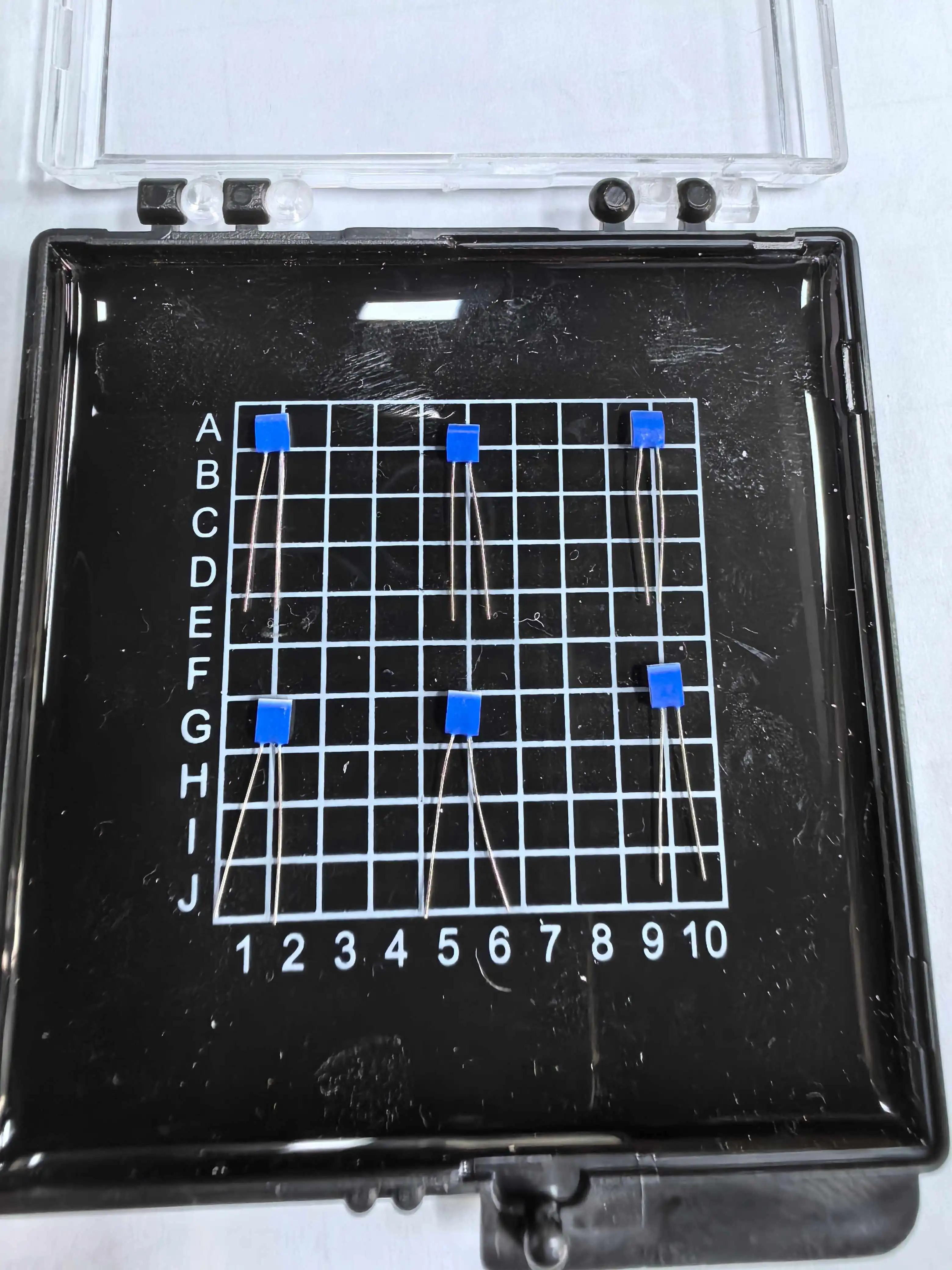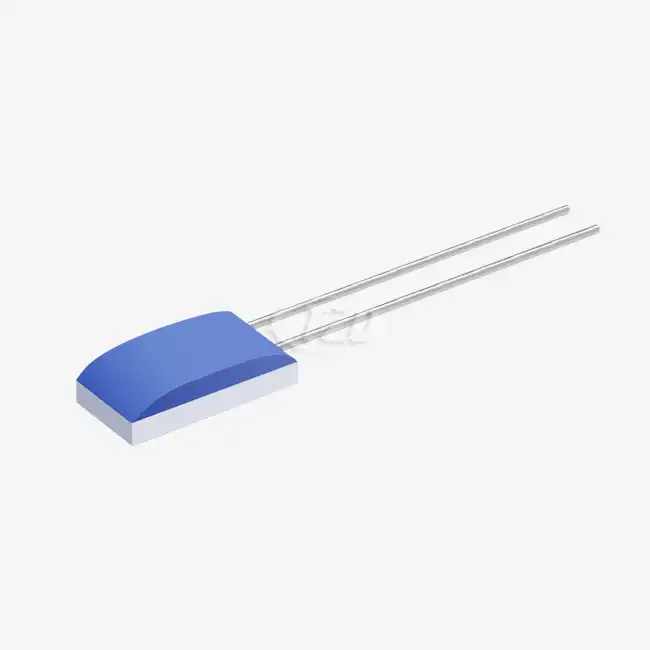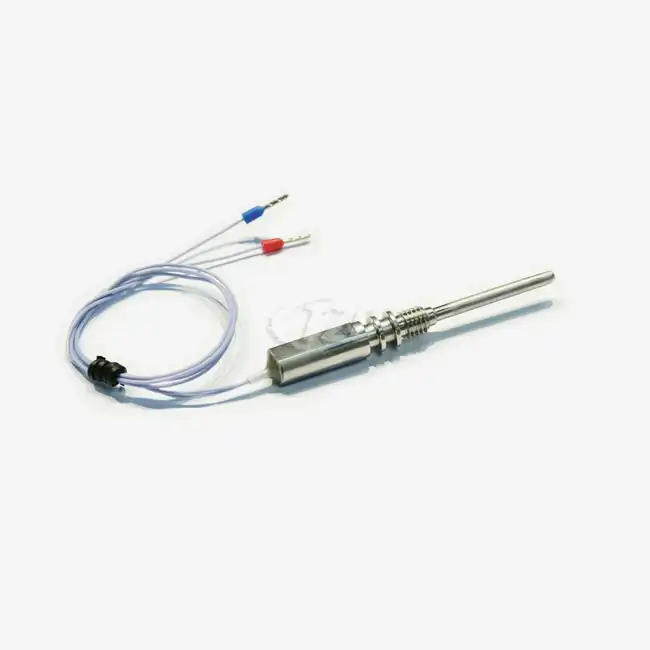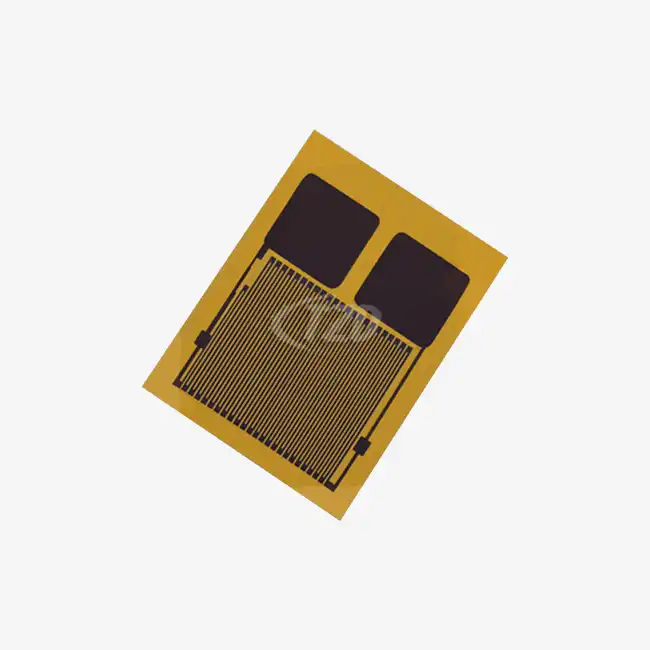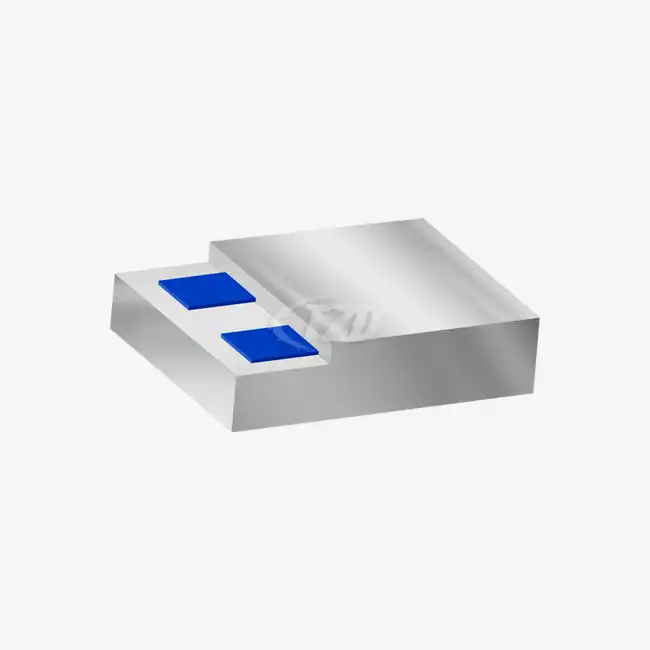Understanding the Fundamentals of Thin Film Pt100 and Wire Wound Sensors
The Technology Behind Thin Film Pt100 Sensors
Thin Film Pt100 sensors represent a cutting-edge approach to temperature measurement. These sensors are fabricated using advanced thin-film deposition techniques, where a precise layer of platinum is applied to a ceramic substrate. This process results in a compact, highly responsive sensor with excellent repeatability and stability.
One of the key advantages of Thin Film Pt100 sensors is their miniature size. For instance, our SMD Thin Film Platinum Resistance Thermistor measures just 3.2mm x 1.6mm x 0.7mm, making it ideal for applications where space is at a premium. This compact design allows for seamless integration into various systems without compromising performance.
The temperature coefficient of resistance (TCR) is a crucial parameter in temperature sensing. Our Thin Film Pt100 sensors boast a TCR of 3850 ppm/°C, which complies with the IEC60751 standard. This high TCR ensures excellent sensitivity and accuracy across a wide temperature range.
The Traditional Approach: Wire Wound Sensors
Wire Wound sensors, in contrast, utilize a different construction method. These sensors consist of a fine platinum wire wound around a ceramic or glass core. This design has been used for decades and is known for its reliability and stability over extended periods.
While Wire Wound sensors may not match the rapid response times of their Thin Film counterparts, they excel in applications requiring measurement over extremely wide temperature ranges. They can often operate in temperatures exceeding 600°C, making them suitable for high-temperature industrial processes.
Comparing Performance Characteristics
When evaluating these sensor types, several performance characteristics come into play. Thin Film Pt100 sensors typically offer faster response times, with some models capable of responding in as little as 0.05 seconds. This rapid response is crucial in applications where temperature changes need to be detected and acted upon quickly.
In terms of accuracy, both sensor types can provide high precision. However, Thin Film Pt100 sensors often edge out Wire Wound sensors in this regard. Our Thin Film platinum resistor series, for example, offers an accuracy of ± 0.01 Ω, ensuring highly precise temperature measurements.
Long-term stability is another critical factor to consider. Wire Wound sensors traditionally have had an advantage in this area, but advancements in Thin Film technology have narrowed this gap. Our Thin Film Pt100 sensors demonstrate excellent long-term stability, with a resistance drift of R₀°C ≤±0.06% after 1000 hours at 200°C.
Application-Specific Considerations for Sensor Selection
Temperature Range and Environmental Factors
The operating temperature range is a primary consideration when choosing between Thin Film Pt100 and Wire Wound sensors. Our Thin Film Pt100 sensors cover a wide temperature range of -50°C to +200°C, making them suitable for a broad spectrum of applications. For extreme temperature environments, Wire Wound sensors might be preferable, as they can often operate at temperatures up to 850°C or higher.
Environmental factors such as vibration and shock resistance also play a crucial role in sensor selection. Thin Film Pt100 sensors generally offer superior performance in high-vibration environments. Our sensors, for instance, boast vibration resistance of 40g and impact resistance of 100g, making them ideal for automotive and aerospace applications where mechanical stress is a concern.
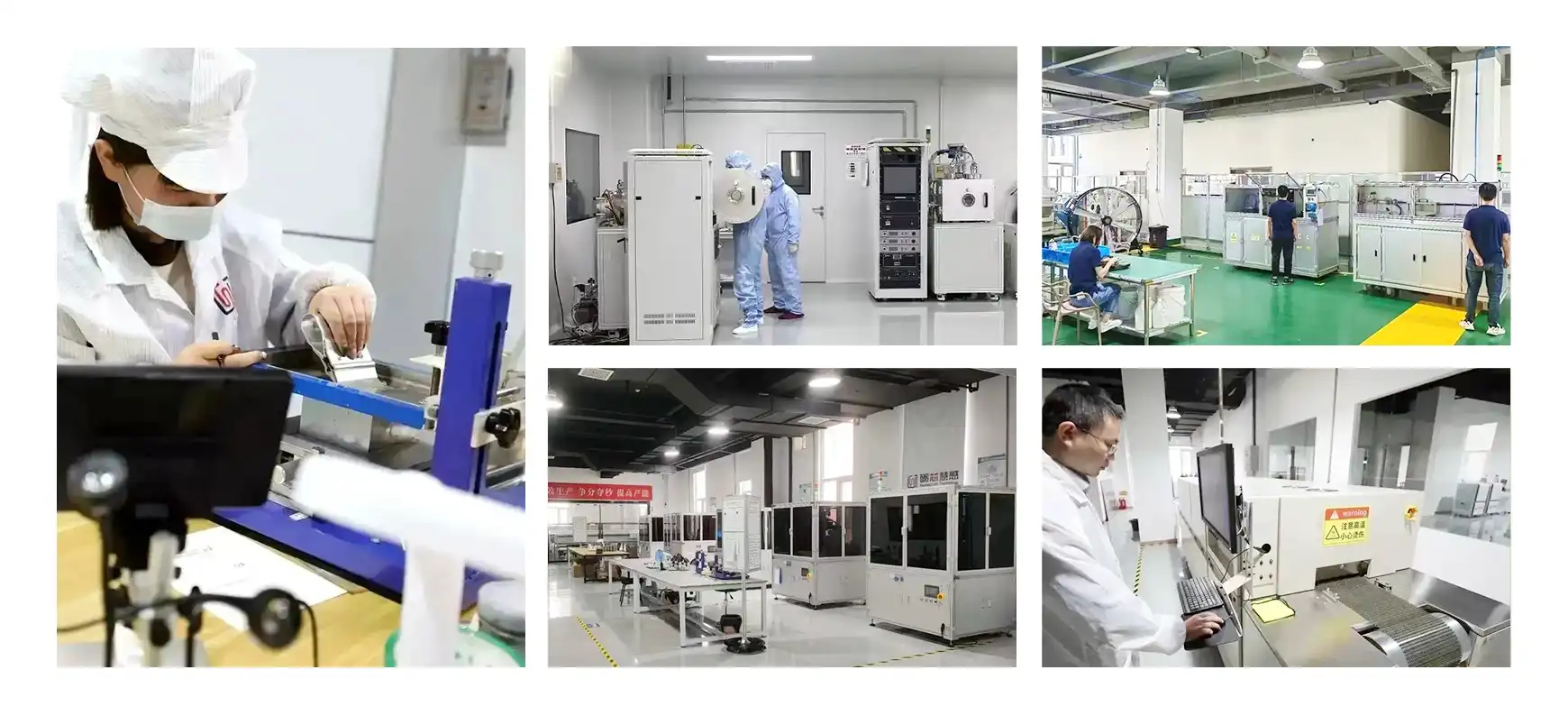
Response Time and Measurement Accuracy
In applications where rapid temperature changes need to be detected, the response time of the sensor becomes critical. Thin Film Pt100 sensors excel in this area, with response times as low as 0.05 seconds. This quick response makes them ideal for process control applications, where timely temperature adjustments are essential.
Measurement accuracy is another vital consideration. While both sensor types can offer high accuracy, Thin Film Pt100 sensors often provide better precision, especially in narrower temperature ranges. The compact design and uniform platinum layer contribute to this enhanced accuracy.
Size Constraints and Integration Challenges
The physical dimensions of the sensor can be a deciding factor in many applications. Thin Film Pt100 sensors, with their compact size, are particularly well-suited for applications where space is limited. Our SMD Thin Film Platinum Resistance Thermistor, measuring just 3.2mm x 1.6mm x 0.7mm, exemplifies this advantage.
Integration into existing systems is another consideration. Thin Film Pt100 sensors often offer more flexibility in terms of mounting options and can be easily incorporated into various designs. Their compatibility with reflow and wave soldering processes (at temperatures of 230-240°C) further simplifies integration into electronic assemblies.
Manufacturing Processes and Quality Assurance
Advanced Manufacturing Techniques for Thin Film Pt100 Sensors
The production of Thin Film Pt100 sensors involves sophisticated manufacturing processes. At our facility, we have established a comprehensive thin film temperature sensitive chip design, processing, packaging, and testing platform. This integrated approach ensures consistency and quality throughout the production process.
Our automated production line for thin film temperature sensor chips covers room temperature, high temperature, and ultra-low temperature applications. This automation not only enhances production efficiency but also contributes to the uniformity and reliability of our sensors.
Quality Control and Certification
Rigorous quality control measures are essential in sensor manufacturing. Our production processes adhere to strict quality standards, as evidenced by our ISO9001 quality management system certification. Additionally, our products comply with ROHS and CE certifications, ensuring they meet international safety and environmental standards.
For Thin Film Pt100 sensors, specific quality checks include verifying the temperature coefficient, testing long-term stability, and ensuring accurate resistance measurements. These quality assurance processes contribute to the reliability and performance of the final product.
Customization and Specialized Solutions
While standard sensor options meet many needs, some applications require customized solutions. Our manufacturing capabilities allow for customization in various aspects, including sensor size (ranging from 1.2mm to 4.0mm) and lead materials (such as platinum nickel, silver nickel, or pure platinum).
This flexibility in manufacturing enables us to cater to specific requirements across diverse industries, including industrial, medical, automotive, and aerospace sectors. Whether it's a unique size constraint or a specific lead material requirement, our advanced manufacturing processes can accommodate these specialized needs.

Conclusion
Choosing between Thin Film Pt100 and Wire Wound sensors requires careful consideration of your specific application requirements. Thin Film Pt100 sensors offer advantages in terms of size, response time, and precision, making them ideal for applications where these factors are critical. Wire Wound sensors, while generally larger and slower to respond, excel in high-temperature environments and offer excellent long-term stability.
At Xi'an Tongzida Technology Co., Ltd., we specialize in advanced Thin Film Pt100 sensors that meet the highest standards of quality and performance. Our sensors combine precision, reliability, and versatility, suitable for a wide range of demanding applications. If you need guidance in selecting the right temperature sensor for your specific needs or want to explore custom solutions, don't hesitate to reach out to our team of experts at sales11@xatzd.com.
